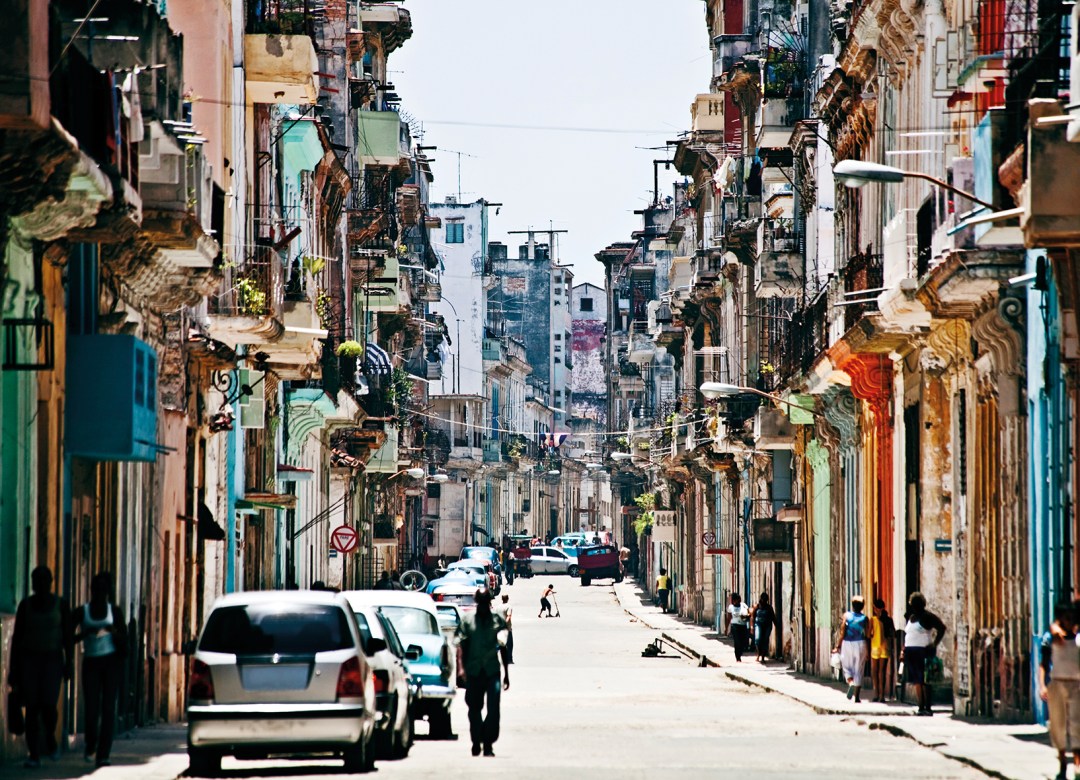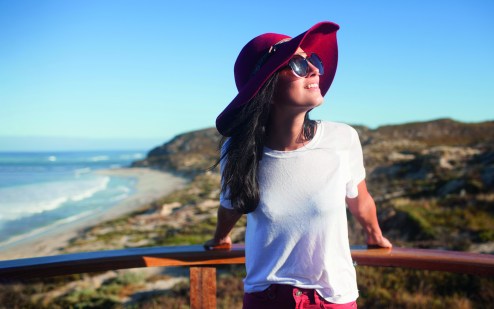Complex, compelling Cuba
Lydia Bell has spent years trying to understand the complicated ambiguity of Cuba – the home of her child’s father – falling in love with the place in the process

Like every foreigner in Cuba, what struck me first was the beauty.
In Trinidad, which is in the centre of the island, you didn’t need to close your eyes to imagine the days when riches poured in from the slave-fuelled sugar mills – the streets were unchanged. In the countryside of Pinar Del Río, the red earth smelled of tropical rain, clouds raced across a volatile sky and men in spurs spliced pineapples with rusty swords and tracts of sugar cane rippled across the horizon. I splashed in the true-blue waters and gorged on contraband lobster sold from fishing boats.
But it was with the sunlit streets of Havana (pictured) that I fell in love: a sumptuous tableau of baroque and neo-classical, Art Deco, Art Nouveau and Modernist ravaged by the sun, hurricanes and tropical rain. While some foreigners are saddened, or even repelled, by the decay of Havana, others seem bewitched by it. But Habaneros ignore it all, occupying their buildings pragmatically, taking little heed of foreigners with cameras waxing lyrical about ruined beauty.
It took me a long time to understand Cuba, and even now I’m only just starting to grasp the subtle, complex and often contradictory ambiguity of the Cuban mindset. My involvement with Cuba started through Alexy, my ex-husband and father of my daughter. On various trips together, he and I looped across the island’s provincial colonial heart, wound our way up the Sierra Maestra, travelled to Cuba’s hot, rustic eastern tip, and stepped back in time on retrograde La Isla de la Juventud.
Havana has beauty and ugliness in equal measure, and it’s all on display, as well as reflected through the Revolution. For that reason, it may be the most compelling human city I’ve known. The darkness takes many forms, but the light of Cuba is in its people and its culture. The warmth and affection, the vitality of expression and intellect, the often-black humour, the solidarity born of suffering (and of a relatively level social playing field, despite everything) and the great desire to connect, are all catnip to me.
I’ve fallen in love with this upside-down, inside-out place, and every time my plane touches down, I feel a sense of promise at being back amid its effervescence.
Get a feel for Cuba
- The influences of the main syncretic Afro-Cuban religions – Santeria, Abakuá and Palamonte – are present in the way Cubans think and act. Visit the Museo Histórico de Guanabacoa and have a limpieza (cleansing) from a babalawo (priest) under the wing of anthropologist Natalia Bolivar, Cuba’s foremost expert on Santeria.
- To arrange home visits to some of Cuba’s sculptors, conceptual artists, photographers and classic painters, then spend a day with curator Sussette Martinez.
- Americans are signing up for people-to-people exchanges green-lit by the US government. Designed to showcase socialist delights (often community cooperatives), they can be a bit worthy, but spending a day visiting kids’ clubs, nunneries, old people’s homes and cultural projects is also illuminating.
- The Organopónico Vivero Alamar is a sustainable, 25-acre farm producing organic fruit, medicinal plants and vegetables. It’s part of a network of urban farms that were set up across Cuba in the 1990s in response to food shortages. You can take a tour, then enjoy a vegetarian lunch made using the farm’s produce.
Cazenove+Loyd organises all the activities bullet-pointed above and offers tailor-made holidays to Cuba with prices starting from £1,445 per person based on two sharing, five nights’ accommodation with breakfast, flights from London and private airport transfers in Cuba. Virgin Atlantic flies twice weekly to Havana from London Gatwick, from £680 return
Photograph: iStock









